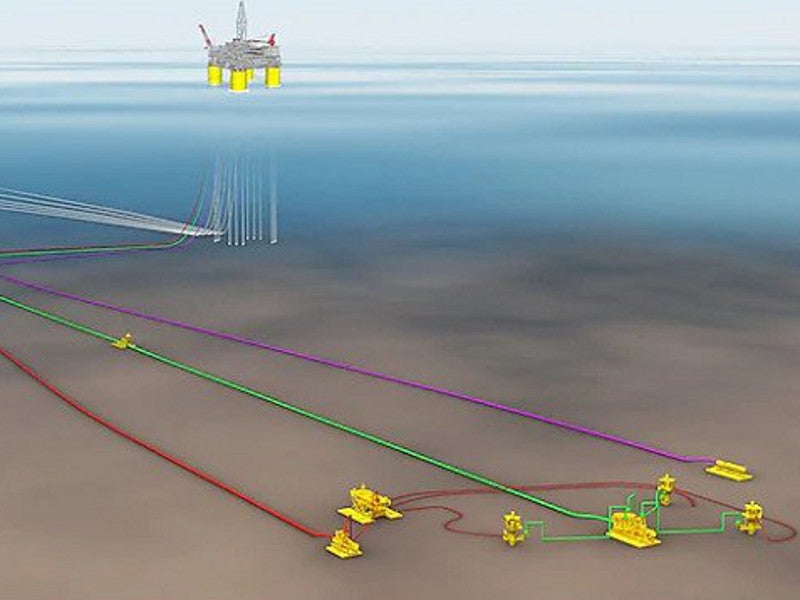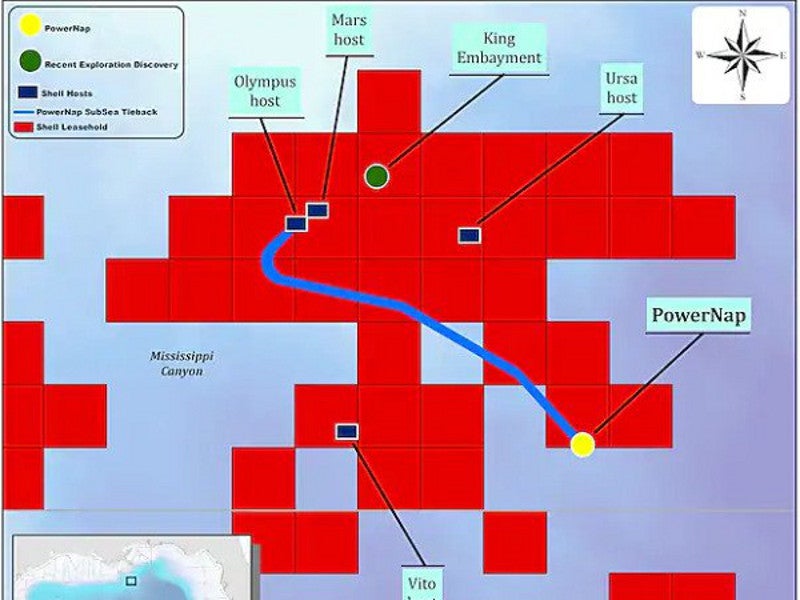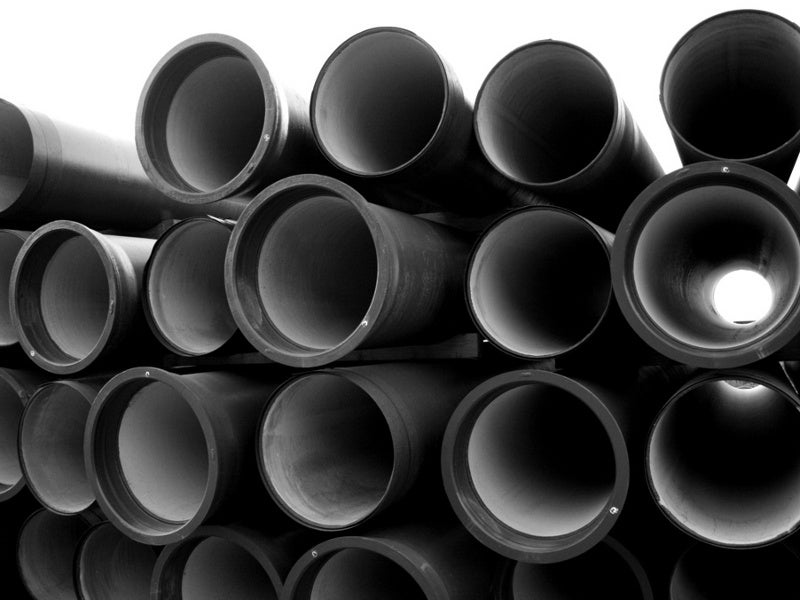Shell Offshore, a wholly-owned subsidiary of Royal Dutch Shell, is developing the PowerNap deep-water project located in the US Gulf of Mexico.
Discovered in 2014, the deep-water project will act as a subsea tie-back to the Olympus production hub.
Final investment decision (FID) on the project was taken in July 2019, while first production is planned for late-2021. The annual production from the field is anticipated to be up to 35,000 barrels of oil-equivalent per day (boed).
PowerNap deep-water project location
The PowerNap deep-water project is located in the south-central Mississippi Canyon area, approximately 240km from New Orleans. The project is identified at a depth of approximately 1,280 meters (m) or 4,200 feet of water.
PowerNap project reserves
The recoverable resources at the field are estimated to be more than 85 million barrels of oil-equivalent.
PowerNap project discovery and development
PowerNap is a pre-salt field, which targets the Miocene sands in Mississippi Canyon blocks 943 and 944, currently operated by Shell.
The first exploration well at the field was drilled in December 2014 at a depth of 30,970ft, which identified hydrocarbons in several subsalt Miocene sand packages. Sidetrack wells were drilled to delineate the reservoir and test the downdip limit of the oil accumulation.
Mars Pipeline details
The oil produced by the project will be transported to the national refining market through the Mars pipeline.
Shell Pipeline Company is the operator of the pipeline, in which Shell Midstream Partners hold 71.5% interest. BP Midstream Partners holds the remaining 28.5% stake in the Mars pipeline.
Mars is a 163-mile (262km) major corridor crude oil pipeline, which starts approximately 130 miles from the offshore. The current transport line is from the Mississippi Canyon area to salt dome caverns present in Clovelly, Louisiana.
The pipeline system consists of 18 and 24 inch diameter pipes, with a mainline capacity of 400,000bpd.
Shell’s deep water platforms in the Gulf of Mexico
Shell discovered the Mars field in 1989 and commenced production in 1996. It is operating the Mars B/ Olympus, Cardamom, and Stones deep-water projects in the Gulf of Mexico. Its current focus is on the Appomattox deep-water oil and gas development.
The Mars field is producing oil through two large platforms namely Mars A and B. In addition to operating the field, Shell holds 71.5% stake, while BP holds 28.5%. The Mars B/ Olympus development is expected to extend the life of the original Mars project to at least 2050.
The Olympus platform is Shell’s seventh platform in the Gulf of Mexico. Located in 945m (3,100ft) of water, the field produced first oil in February 2014.
The Mars B field development involves the installation of subsea wells at West Boreas and South Deimos fields in addition to export pipelines. It also includes the development of a shallow-water platform near the Louisiana coast.
The Olympus (Mars B) and Mars platforms together are estimated to produce approximately one billion boe.





